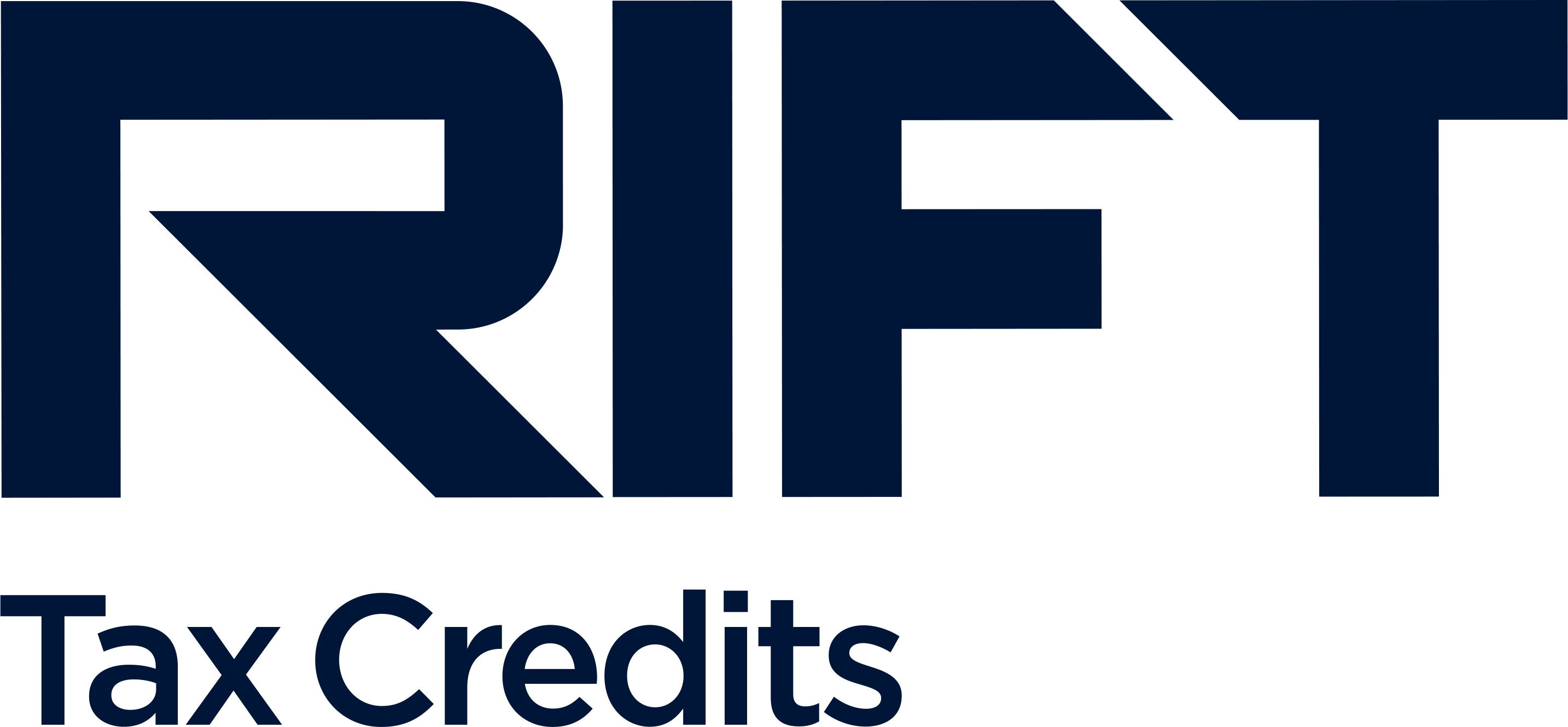Fossil fuels such as oil, gas and coal are key contributors to climate change. In fact, the energy industry accounts for 73% of greenhouse gas emissions caused by humans. With net-zero goals a priority across much of the globe, the focus has fallen on renewable energy. And thanks to increasingly innovative solutions to capturing and retaining energy, the move to renewables could happen sooner than anticipated.
Renewable energy, naturally available
At the heart of renewable energy resources is their sustainability, relating to both their endless supply and planet-friendly makeup. Also known as clean energy, renewables come from natural, replenishable sources such as sunlight, wind and even our seas.
Wind energy
Wind farms are a familiar sight which is why perhaps the most well-known renewable is wind energy. As the wind blows, the wind turbines turn to generate electricity. And because wind energy – a form of hydropower - can be stored in the power grid, it's a highly efficient power source.
Solar energy
Solar panels on rooftops and in fields are certainly not new. Yet solar energy is still increasing in popularity, understandably so given radiation from the sun can meet the planet's energy needs in just one hour. However, while a valuable source of clean energy, it is dependent on weather and daylight hours. So it can be less reliable than other sources, which is why its primary use in the UK today is to supplement other sources of power.
Tidal energy
Tidal energy is another form of hydropower that relies on water to drive turbine generators and generate electricity. In this example, the twice-daily tidal currents do the heavy lifting, and as with wind power, the power generated can be stored for when demand outweighs real-time energy generation.
Putting the planet and people first
According to EDF, renewable energy makes up only 26% of electricity worldwide. However, renewable energy projects generated more electricity over the last quarter than fossil fuels, and it's forcing experts to ask whether we're to see adoption sooner than predicted. While renewables do come with some challenges around reliability given their reliance on the elements, the advantages are indisputable. The biggest perhaps is that they will always replace themselves, so there's no risk of ever running out. Others include:
Good for the planet: Reduced emissions from pollutants like greenhouse gases help our fight against global warming and climate change.
Good for people: A host of health issues have been linked to pollution produced by fossil fuels. And so adopting clean energy may help with health conditions such as heart problems, neurological damage, breathing issues and even cancer.
Good for the purse: Renewable energy is increasingly cheaper than non-renewable alternatives with the cost of technology decreasing, and lower installation and maintenance costs keeping the price down and more stable.
The power of innovation
Where once relying on renewable energy as our primary power source seemed like a long way off, it could become a reality sooner than anyone expected, and innovation has played a significant role. Today, it's a key driver, and according to The International Renewable Energy Agency (IRENA), an intergovernmental organisation that supports countries in their transition to a sustainable energy future, it's happening across four dimensions of the world's power systems:
- Enabling Technologies: Technologies that play a key role in facilitating the integration of renewable energy, for example, batteries, EV charging, blockchain, Internet of Things and software and big data.
- Business models: Innovative models that create the business case for new services, enhancing the system's flexibility and incentivising further integration of renewable energy technologies, for example, energy-as-a-service, peer-to-peer trading, and pay-as-you-go models.
- Market design: New market structures and changes in the regulatory framework to encourage flexibility and value services needed in a renewable-based power energy system, stimulating new business opportunities, for example, time-of-use tariffs and net billing.
- System operation: Innovative ways of operating the electricity system, allowing the integration of higher shares of variable renewable power generation, for example, advanced weather forecast, dynamic line rating and virtual power lines.
So it seems innovation is bringing down costs, supporting mass adoption and driving a cleaner future sooner. Is the energy revolution underway?
If you're breaking through barriers and pushing back boundaries in your business, then you could be due R&D Tax Relief. We can help you identify historic qualifying activity and get the credit for it. Contact us on 01233 653008.

